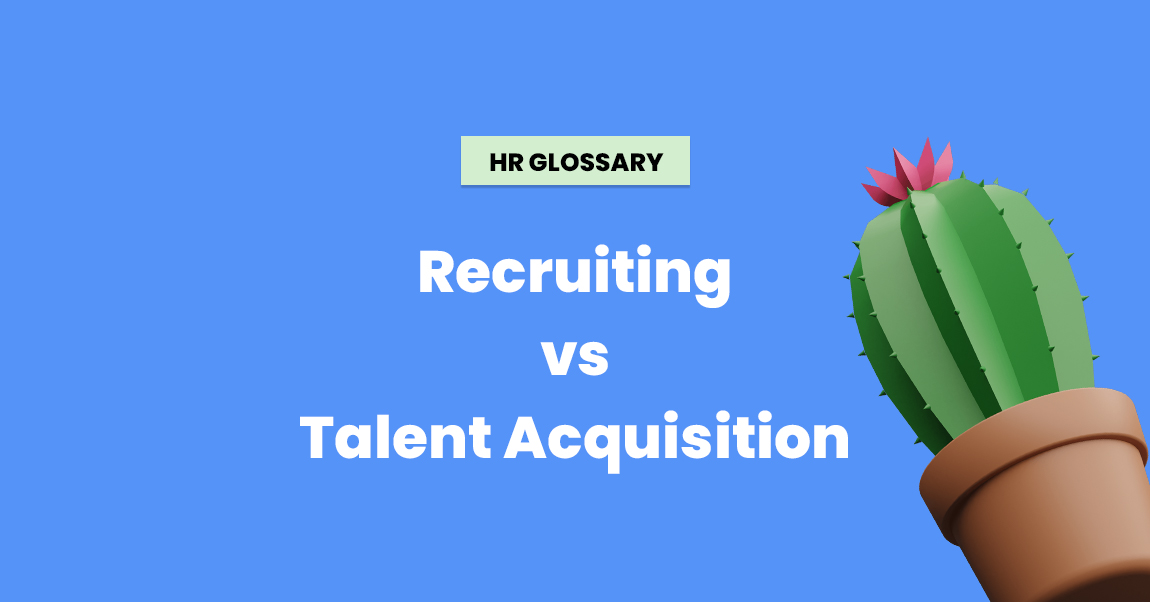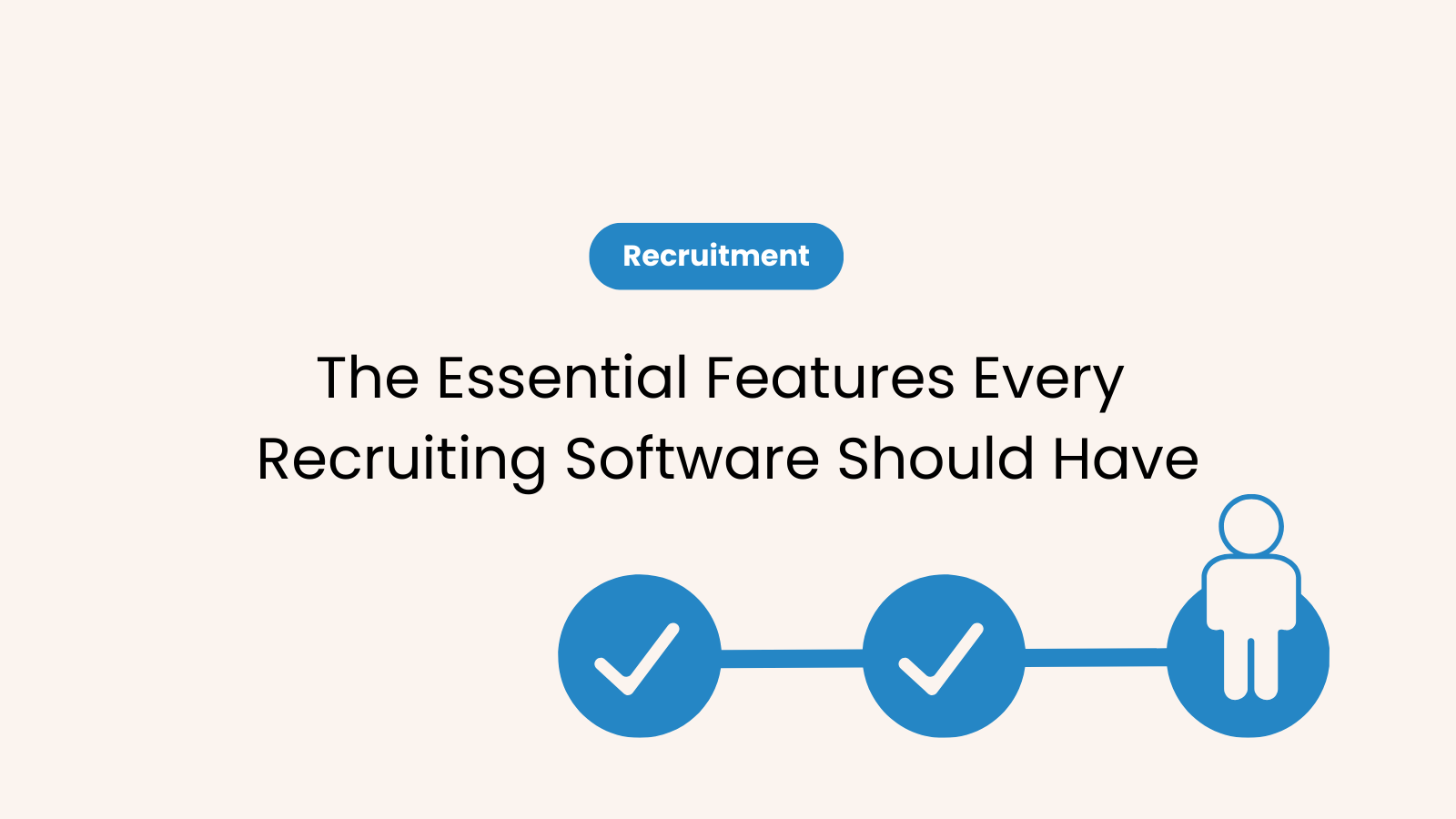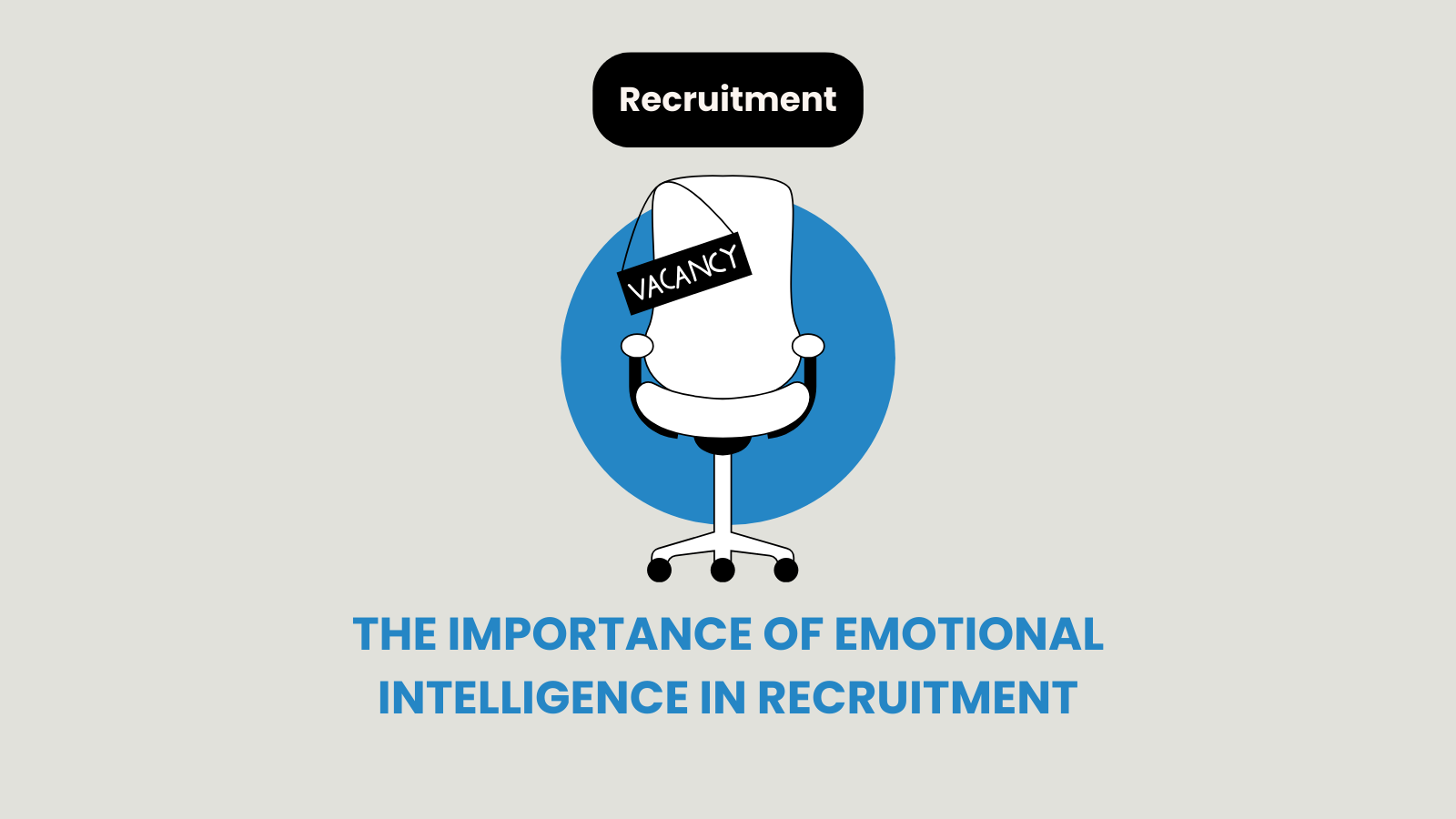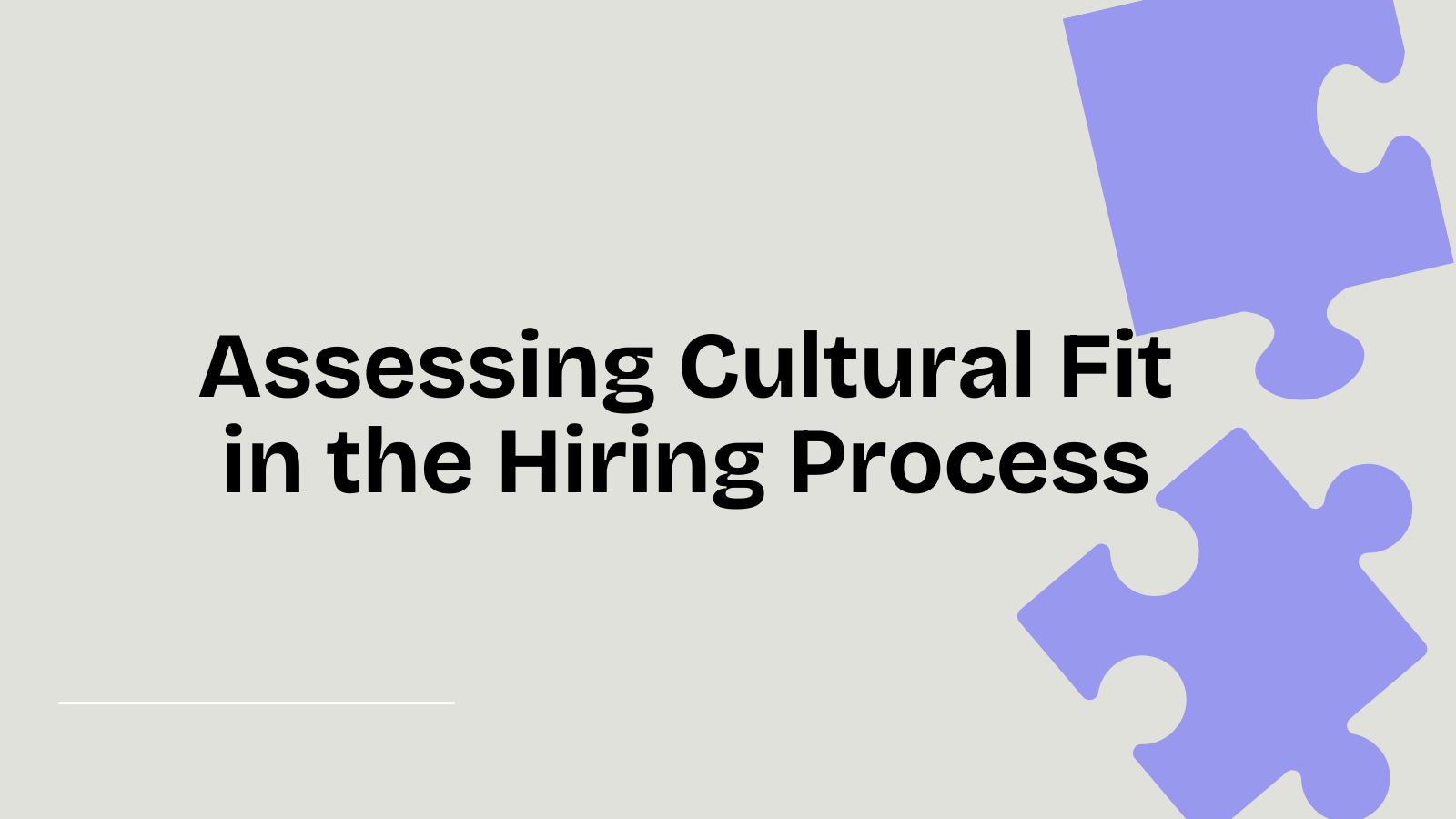The entire terminological ecosystem formed around the HR domain seems to be packed with synonymous phrases and similar occupations. However, most of those terms aren’t actually the same. For instance, people often perceive recruiting and talent acquisition as equivalent. And although they do share certain patterns, these chunks of hiring tactics aren’t the spitting image of each other. So, what does recruiting VS talent acquisition mean? Which one should you practice – and when?
Let’s see how they work and what are the main advantages of grasping the meaning behind these hiring practices and strategies.
Recruiting VS Talent Acquisition in a Nutshell
The simplest definition of recruitment stands for an active search of qualified candidates that ends by hiring them (at least in the best possible scenario). Talent acquisition implies the same steps. However, it does shift these stages of the hiring process to a new level. So, what is the difference between recruitment and talent acquisition?
The key difference is in seeing the bigger picture. While recruiting primarily fulfills a current hiring need, and a recruiter closes a vacancy, talent acquisition is more of an ongoing strategy. In simple words – it has more of a long-term impact and efforts that don’t stop after welcoming a new hire on board. Talent acquisition specialists must look into the future and work toward finding skilled experts before a new vacancy opens up. Their jobs entail knowing the company’s goals and enabling recruiters to avoid struggles with hard-to-fill positions.
What is Meant by Talent Acquisition?
Finding and hiring the most suitable candidates is paramount in order to grow a business and position yourself in the market. Attracting and retaining the best talent means an increase in productivity, motivation, knowledge, decision-making, and much more. If you develop a good strategy for talent acquisition, you’ll immediately skip multiple known obstacles. How so? The definition of TA suggests that it refers to making long-term strategic plans for future job openings.
In other words, it leaves more room to grow, scale, and reach all important KPIs.
What Are the Talent Acquisition Strategies?
When it comes to successful recruiting and talent acquisition strategies, there are quite a few similarities to focus on. And the best piece of advice you can receive is to start small. Canvass the basic elements that make your team and business the way they are, and give everything a once-over if you see anything that needs to be fixed or modified. Here are a few points to take a look at:
- Company culture,
- Employer brand and reputation,
- Workforce planning and continuous proactivity,
- Sources of hire and recruitment channels,
- Data, tools, and ATS for recruiting.
Strengthen your company from within, and then make sure that your prospective pool of talents recognizes your worth. Be consistent about it and never stop developing new tactics to boost hiring and all related processes. Know which channels work best and ensure to use them rightly. Lastly, rely on technology to shorten the hiring process and ease everything.
Other tips to clarify the difference between recruiting vs. talent acquisition (and make the most of both) include:
- Keeping an eye on the competition and knowing the market trends, stats, and gaps,
- Teach your recruiters and hiring managers to stay engaged with applicants and passive talent,
- Encourage employees to recommend former colleagues and acquaintances for new job openings,
- Stay agile and flexible.
Finally, each strategy you create should be reviewed from time to time. Take a moment to assess your metrics and success whenever possible and take notes. See which aspects need to be enhanced, and build up your efforts to gain the best results.
Is Onboarding Part of Talent Acquisition?
The employee onboarding process plays a significant role in employee satisfaction, engagement, and retention. And surely, onboarding is an essential part of talent acquisition. Along with developing plans to find, attract, and hire knowledgeable people, this extensive plan of action doesn’t stop once you welcome a member into your squad.
Before onboarding, which represents the final stage, other inevitable steps of TA involve:
- Generating leads,
- Attracting and recruiting,
- Interviewing, screening, and testing,
- Selecting and hiring candidates.
So, next time when you hear the question – What is the difference between talent sourcing and talent acquisition? you’ll know for sure that sourcing represents a key part of TA. But still, there’s much more to the entire drill than just encountering qualified resumes.
What Is the Simple Meaning of Recruitment?
Excellent recruitment strategies make businesses grow and triumph. But, what is recruitment in simple words? It’s a process of finding and attracting qualified candidates to fulfill a company’s needs and hire the best industry specialists. Aside from being deeply familiar with what a company does and what its aims include, a good recruiter must know about the industry trends and job market. Moreover, they should be informed about the competition. Lastly, a recruiter should be in the loop when it comes to the internal state of affairs. Regardless of whether a business is collaborating with a recruitment agency or has an in-house team of sourcers, they must all know of the culture, precise scope of work, requirements, projects, plans, and values. Recruiters should adjust their approach and tone of voice to match the business’s style but also to be aligned with the candidates’ preferences and manners.
In short, recruitment represents an unquestionably quintessential segment of TA. It builds and strengthens companies and helps them create unique products.
How Do You Develop a Recruitment Strategy that Works?
Developing a recruitment strategy can be pretty straightforward. In fact, each step you need to follow can be quite simple – if you choose to stay true to your goals, objective about the company’s needs, and open to embracing innovations. So, here are a few basic tips to follow:
- Start by reviewing your current strategies,
- Ask for feedback from employees, candidates, and clients or stakeholders,
- Use multiple recruiting tools and an ATS that matches your necessities,
- Be careful when writing job descriptions and distribute them correctly to gain more applications,
- Build and boost your brand through social media and all other (online and in-person) forms and channels,
- Encourage recruiters to connect with passive candidates,
- Stay honest, transparent, and up to date with market trends and requirements.
Ultimately, you could hire a specialized recruitment agency to help you out. By turning to knowledgeable sourcers and interviewers, it will be much easier to reach out to professionals you’d want on your team.
Building a Recruitment and Talent Acquisition Strategy
So far, we have shown how recruiting and TA share many things in common. But, regardless of these mutual goals, they are pretty different. Still, in the matter of recruitment vs. talent acquisition, there are quite a few basics to cover. These three are the ones you must begin with:
- Building a strong company culture and maintaining a healthy working environment, which will later affect brand recognition and help achieve long-term goals,
- Using a variety of tools to stay informed regarding your progress, strengths, and weaknesses, and keeping track of the data you have gathered along the way,
- Planning each step cautiously and prioritizing throughout the whole hiring process.
That way, you will undoubtedly improve the recruitment process, which will enable you to have an efficient TA strategy that will help you attract, hire, and retain talents in the long run.
Company Culture and Branding
Employee experience is vital on several fronts. Among other things, it relies on the company culture. Building a solid culture (prone to reviewing and brushing up every once in a while) and a clear set of values and missions to pursue can help keep employees motivated and united. To ensure that everything is just the way it should be, you must:
- Pay close attention to the values and ethics you want to promote,
- Communicate frequently and transparently,
- Give and receive feedback often,
- Avoid bias and stay objective,
- Treat each employee with respect and listen to their needs,
- Be flexible and show that you trust the people you work with,
- Establish a set of financial (and non-financial) benefits for your staff,
- Reward the good work and offer public recognition,
- Lead by example.
Lastly, strong company culture starts by hiring the right people. If you build up a recruitment funnel that works well for your team and guarantees results, everything else will imminently enhance. Improving employee experience and candidate experience will follow, boosting every metric in the book.
However, even though your culture is thriving, it could remain unseen by prospective candidates unless you learn to present it to the audience. Employer branding, along with its essential part, reputation management, forms a massive part of your company’s success. These crucial elements can help you rank better and connect with top talents – easing recruiting and talent acquisition. Making sure to turn employees and candidates into brand ambassadors will increase retention rates, raise brand recognition, and help you cut many costs.
Data and Analytics
In order to establish a clear TA strategy that brings positive results, you must be a bit of a sourcer and sorcerer. Predicting the future isn’t a matter of SciFi, or as the HR personnel can call it – a pipeline dream. In fact, if you put to use some tools and software that conforms to your needs, it’s all easy-peasy:
- Get a custom Applicant Tracking System that has all the features you will need,
- Track your costs (and savings), know your time to hire, and determine the sources of hire,
- Keep a record of all valuable insights and metrics to utilize them in the future.
When you rely on tech tools, everything will be as automated as you want it to be.
Careful Planning
Regardless of every recruitment and talent acquisition difference, both share some common ground. For instance, neither is predetermined to succeed if there’s no careful planning involved. How do you make it work?
You should know exactly where you stand. Learn about your true capacities and about the people you have on your team. Detect any gaps and start to work your way toward filling them. By analyzing your current capabilities and comparing them to any future needs, you can rest assured that you’re on the right track when it comes to a TA tactic.
Enhancing Recruiting and Talent Acquisition Tactics Is Essential
Grasping the meanings, significance, and differences between recruiting vs. talent acquisition isn’t that tough. The idea is to keep both of these tremendously important parts of hiring and retention tactics well made and efficient. And the truth is – one can’t function well without the other. Sometimes these plans of action can be made in-house. Other times, it’s much better to go for a reputable recruitment agency capable of taking charge of both.
As for those who are keen on landing recruitment and talent acquisition jobs – be sure to learn about the similarities and differences between these two roles before choosing the one you’d love to master.




